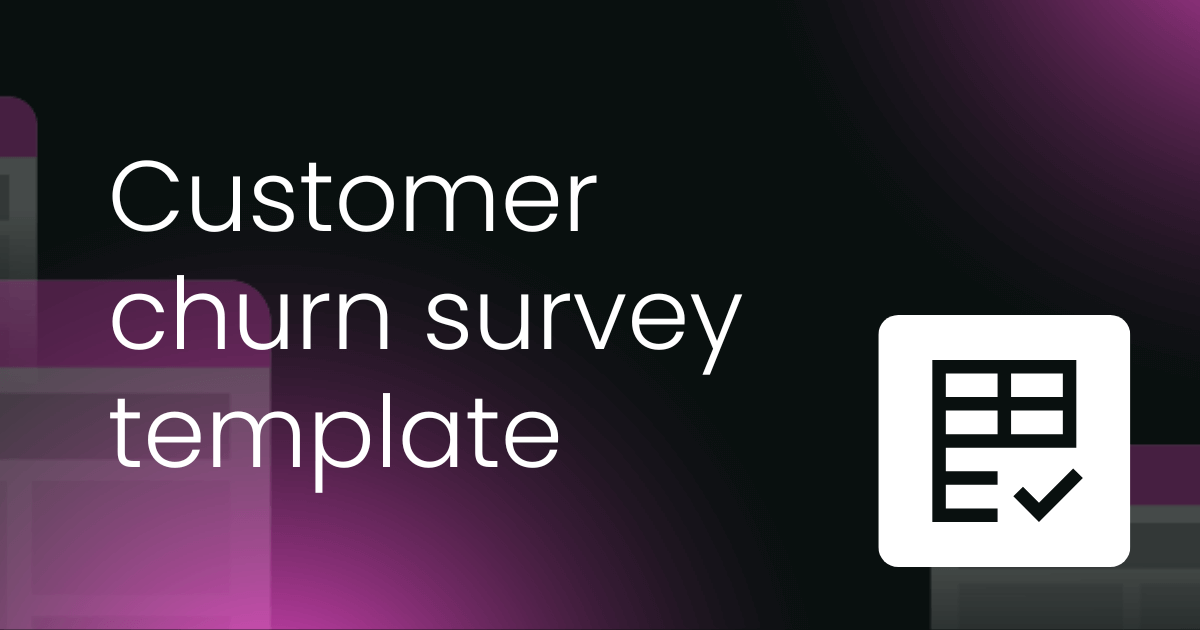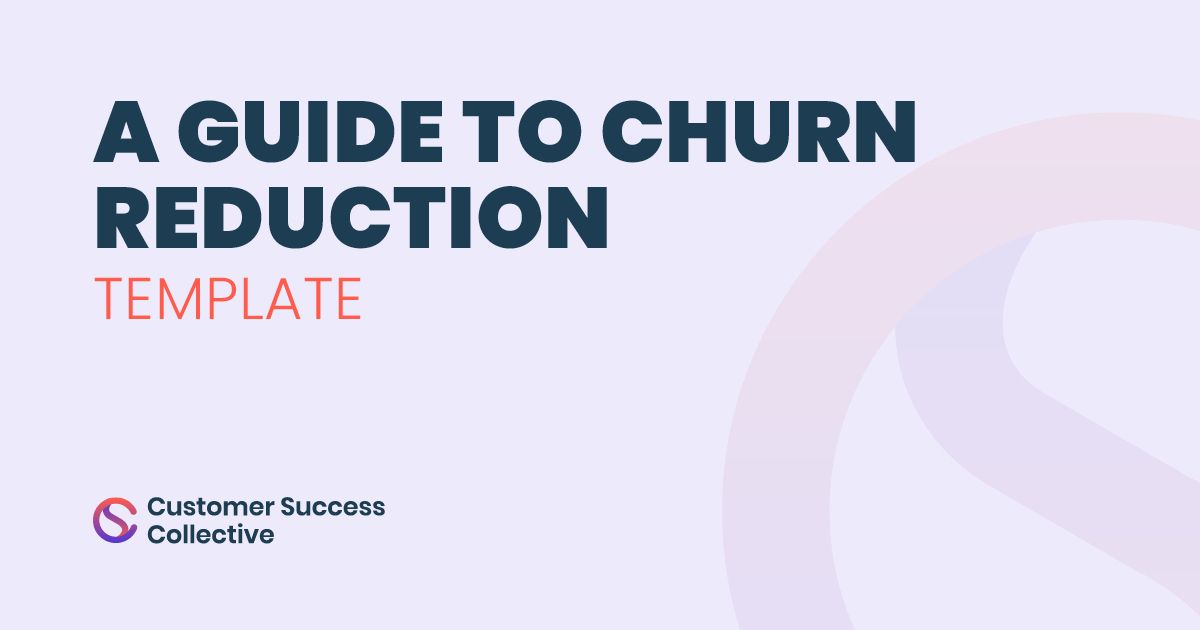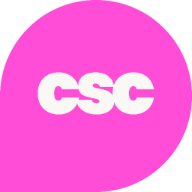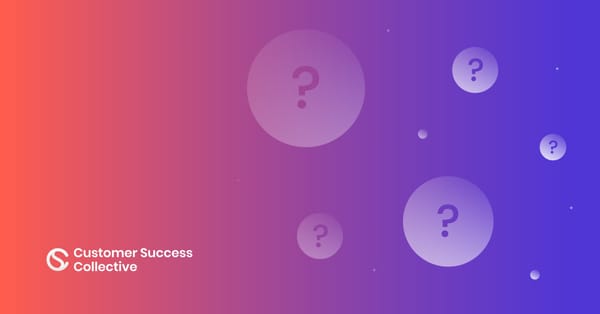When a customer stops subscribing to a product, or a service, it’s referred to as customer churn. While this is primarily used in the world of SaaS, the principles behind churn detection, calculation and strategy can be applied to product subscriptions too.
No business wants to lose its customers, which begs the question: how can you avoid it? There’s an extraordinary amount of value attached to calculating, understanding, and preventing customer churn, which can be achieved with three things: metrics, software, and strategy.
In this guide, we look at:
- What customer churn is
- The difference between cancellation and churn
- The different types of customer churn
- The common causes of churn
- How to calculate churn rate
- How to reduce your churn rate
- Practical templates to reduce your churn rate
What is customer churn?
Put simply, customer churn refers to the loss of customers or subscribers. More specifically, customer churn rate tracks the percentage of customers that stop doing business, or end a subscription, with a company over a given time period. For customer success professionals, understanding and reducing churn should be of paramount importance, not least because acquiring new customers ultimately costs more than retaining existing ones.
There are a number of reasons why a business might experience churn. Some of the most common causes include:
- Product dissatisfaction: A customer might decide to churn if they're dissatisfied with your product or service. This could be because the product in question is too expensive, doesn't meet their needs, or is too difficult to use.
- Poor customer service: Customers may also churn if they've had a bad experience with your customer service team. This could be due to long wait times, unhelpful agents, or a lack of empathy.
- Competition: It's a competitive world out there, customers have many choices. If they find a better product or service from a competitor, they're likely to switch.
Thankfully, there are several effective retention strategies customer success teams can employ to reduce churn. These include clearly understanding the reasons customers leave and dissatisfactions through surveys and exit interviews. With this knowledge, pain points can be addressed, and changes made to improve the customer experience.
What's more, customer analytics help predict customers likely to churn so proactive outreach can occur. Success teams can check in, provide training and support, and ensure customers receive full value from products or services. Ongoing communication and building customer relationships are important for retention.

Revenue churn rate
Customer churn is only one part of the story. We also need to think about the revenue impact of customer churn – this is known as revenue churn rate. A good way to think about this is that it's the point where the customer’s canceled subscription has a negative revenue impact on an organization's bottom line.
Here’s how Josh Horsman, Head of Customer Success (UK) at Askable, defines churn in the context of SaaS:
“Once somebody signs up for your product they initiate the first of a series of recurring payments. You can track that revenue and factor it into your monthly recurring revenue (MRR). You can expect that revenue to continue on a monthly or annual basis, depending on the subscription plan – that’s the beauty of SaaS. When you track MRR, you’re constantly factoring in this revenue stream.
“For example, if one customer is paying $50 per month, that's a recurring revenue of $50 you can expect to regularly receive. But when that person churns, when that subscription cancels at the end of the billing period, you don't receive that next payment installment, and at that point, your recurring revenue goes down.”
However, the trick is figuring out how to pre-empt customer churn and implement this in your customer success strategy. This is where a dedicated, experienced customer success team enters the picture.
Through a blend of strategy, feedback, data, and software, you can look to fine-tune your product, service, and your overall brand, shaping the future experience of your customers and prospects. Most importantly, you want to lower your churn rate before it gets uncontrollable.
Having an ear to the ground on churn is one of the many reasons why customer success drives value from within a company itself.
Despite the monumental importance of churn to revenue – and boy, is it important! – churn is just one segment of the CS kaleidoscope. Measuring churn works in conjunction with customer retention, customer loyalty, customer onboarding, and other metrics.
What's the difference between cancellation and churn?
The main difference between the point of cancellation and churn is all to do with revenue. When a customer cancels their subscription, it's a signal to prevent their rolling payment from renewing upon the next scheduled billing date – whenever that may be. Churn, however, means there has been a loss in revenue associated with the customer's decision to stop doing business with your organization.
Let's picture a dissatisfied customer for a moment. They haven't been using a SaaS product and no longer receive any value from it; they decide to stop spending their money on it and cancel their subscription. They've actually clicked the 'cancel your subscription' button in their account settings and made the active decision to terminate any future scheduled payments. That's customer cancellation.
In this scenario, they've canceled mid-month and still have 12 days left until their next billing date. (It could be 12 days, it could be six or one.) Regardless of the date, it's preceding their usual billing date for that month. They can't bring that date forward as they originally paid for the full month. So for the next 12 (or six, or one) days, the company's customer success team has the golden opportunity to change their minds and make them stay.
Fast forward to the usual billing date – if the customer's opinion is unchanged, then they will churn. Because they canceled their subscription 12 days earlier, on the normal billing date, there is no longer a scheduled payment to leave the customer's account via direct debit. This is churn, and this loss of usual revenue is what companies monitor and measure.
What are the different types of churn?
You’d be wrong in thinking customer churn was black and white, far from it. Like anything worth its salt, there are multiple types of churn to help you segment your users. Here’s a quick overview of what you need to know:
Voluntary churn
This type of churn is proactive – the customer has ended their subscriptions on purpose. 😱 Without a doubt, voluntary churn will keep most CSMs awake at night! It’s the worst you can get and the one to be avoided at all costs.
Involuntary churn
Still a pain in the neck, but this type of churn can be considered to be reactive. It usually occurs after a customer doesn’t update their payment details, which causes the account to close. Completely avoidable with the right measures in place to pre-empt it. With this type of churn, at least you can be comforted by the fact that the customer probably didn’t mean to end their relationship with you.
From this, you can further categorize churn into ‘happy’ and ‘fake’ churn. Bear with us, even though this sounds like the Smurfs of churn, we promise it isn’t!
Happy churn
As churn goes, this one is fairly positive. It’s where a customer ends their subscription because they had full use of your software e.g. they’ve ended a project and don’t need it anymore. While you’re bidding adieu to a customer, they leave you on an upbeat note, with the possibility of returning another time.
Fake churn
Some SaaS businesses provide a 30-day money-back guarantee, allowing you to test the product and literally get your money back if you decide it’s not for you. You may want to measure this away from your other churn rates to understand why a subscriber leaves.
What are the causes of customer churn?
Whether the customer leaves voluntarily or involuntarily, there’ll always be a reason attributed to why they’re no longer part of your client base. Identifying why a customer decides to end their subscription is a monumental part of any customer success strategy.
Pricing
If your product is too expensive for the service you’re offering, then chances are you’re going to alienate some of your customer base. Pricing strategy is a tricky thing to navigate because not everyone will have the same budget. Through competitor research, you can make sure your product is priced fairly and aligned to market value. If customers think your product is overpriced, then chances are they’ll seek an alternative product at a lower price.
But it works both ways. If your product is marked down too low, people might equate the inexpensive price with poor quality. Not everyone is bowled over by a bargain, and some customers might churn if they think a competitor offers enhanced quality at a slightly higher price.
Poor customer service
We think this one is pretty self-explanatory, and a clear reason why a customer would decide to churn. If your company doesn’t offer approachable, easy-to-access customer service, then you’re already marked down in the customer’s estimations. If you can’t offer efficient, quick, and practical service then your customer will almost certainly look for a solution elsewhere.
Our suggestion for this issue is simple. Ask yourself if your service is efficient, quick, and practical. Do you have the customer at the heart of your customer service system? If not, we thoroughly recommend going back to the drawing board and re-hashing what’s gone wrong with your current system.
Your product doesn’t deliver
You might have the best customer success strategy in the world, but if your product doesn’t live up to the customer’s expectations, then you’re in a sticky situation.
At the end of the day, your product is supposed to alleviate a specific pain point for the customer. If they want to listen to music, they’ll download Spotify. If they want to frequently buy clothes, they’ll purchase a next-day delivery subscription for a year.
If your customer can’t achieve their goals with your product, then what’s the point in paying for it? Wouldn’t you seek an alternative product if you were in their shoes?
Glitches and bugs
Customers buy your product to make their lives easier, so if there are technical issues with a product or service, then they’ll lose trust in the quality of your service.
After all, if you offer a product that repeatedly glitches, has software flaws or bugs that impede the user experience, then chances are they’ll be driven to seek a competitor’s product to avoid a repeat occurrence.
Glitches and bugs aren’t just frustrating from a user experience perspective, but when infested in certain software that’s integrated with broader systems, it could make your customers vulnerable to cyber-attack or exposing critical data.
How to calculate customer churn: Churn rate formula
Like most equations used to measure customer success, calculating churn is simple once you’ve got the formula to hand.
To calculate customer churn, you need to divide the number of customers lost during a particular period by the number of customers you had at the beginning of that given period.
For example, if a company had 100 customers at the start of the quarter, and this decreases to 85 at the start of the second quarter, the churn rate would be 15%. This is because they have 15% fewer customers at the start of the second quarter, in comparison to the first quarter.
How can you reduce your customer churn rate?
Along with the lottery numbers, this is one of CS’s most sought-after answers. But unlike winning the lottery, creating a strategy to reduce your customer churn rate isn’t so elusive. In fact, it’s very doable.
Here are some basic steps to take that may help you get back on track:
- Analyze why your churn is happening. Take the appropriate steps to fix your issues.
- Ask your customers – drop them an email asking why they’re unsubscribing. Keep things friendly, of course, and act on the constructive feedback they provide.
- Make sure your onboarding process sets users off on the right track.
- Offer incentives to stay on, such as flash sales, a free month, access to all of your software’s features, etc.
- Look to improve your customer support service, so your users have everything they need to stay on

Where can I find examples of templates to prevent churn?
With our membership plans, we offer actionable, comprehensive templates every month, ranging from customer retention, customer feedback, and the all-important case of churn.
Here's an example of what we have on offer:
We can all agree that holding on to your customers is nice. Well, with access to a CSC membership you're well on your way to achieving just that.

The State of Customer Churn
We know how hard Customer Success Managers (CSMs), like you, work. We know it can often feel like an uphill battle to retain your customers, but it shouldn’t be like that.
To help make your life easier and allow you to focus on the strategies you’ve inevitably put on the back burner, we’ve compiled the ultimate churn-busting resource: The State of Customer Churn.
In this report, you'll find out:
- What causes customers to churn
- How companies react to their lost customers
- What strategies CSMs use to prevent future cases of churn



 Follow us on LinkedIn
Follow us on LinkedIn





